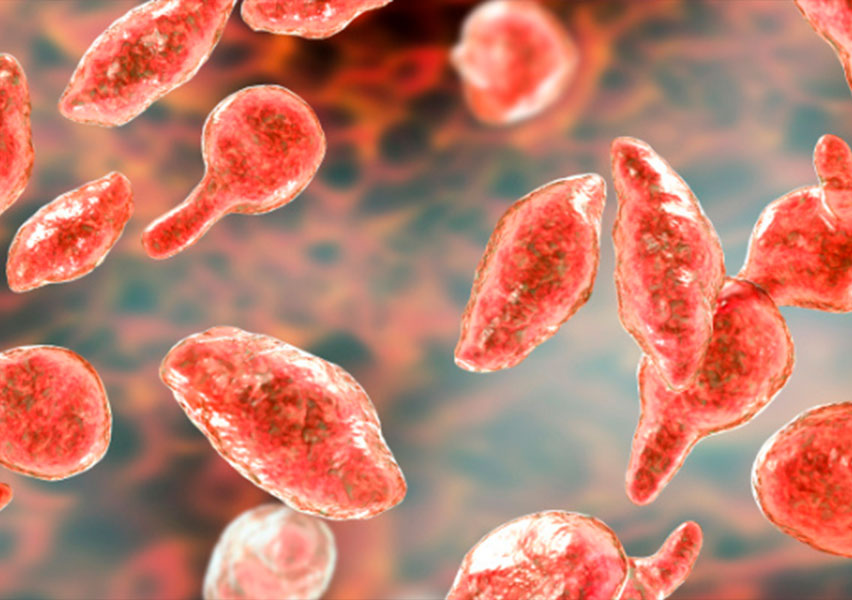Mycoplasma hominis
General Characteristics:
Mycoplasma hominis is a cell wall–less bacterium, making it resistant to antibiotics that target the cell wall, such as penicillin. It is one of the smallest known living organisms and has the ability to invade human cells. On glucose-containing culture media, it forms characteristic colonies with a “fried egg” appearance.
Sites of Infection and Pathogenicity:
It is primarily found in the oropharynx and genitourinary tract of humans and non-human primates. Its pathogenic role is well established in some diseases, while less understood in others.
- In women: bacterial vaginosis, pelvic inflammatory disease (PID), endometritis, postpartum fever, ectopic pregnancy, spontaneous abortions, and preterm births due to placental infection.
- In men: associated with certain cases of male infertility.
- In neonates: conjunctivitis, congenital pneumonia, meningitis, fever, abscesses, and respiratory distress.
- In immunocompromised adults: pharyngitis, sepsis, pulmonary infections, central nervous system infections, joint infections, and surgical wound infections.
Diagnosis:
Diagnosis requires molecular techniques such as PCR or DNA sequencing, since standard cultures often fail. Systemic infections by M. hominis are increasingly detected due to these molecular methods.
Treatment:
Mycoplasma hominis is not sensitive to cell wall–targeting antibiotics like penicillin. Tetracyclines (such as doxycycline) have been historically effective. Resistance has been observed for ciprofloxacin (18%), azithromycin (61%), and minocycline (6%). In severe cases or immunocompromised patients, combination therapy is recommended, although standardized clinical guidelines are still lacking.

